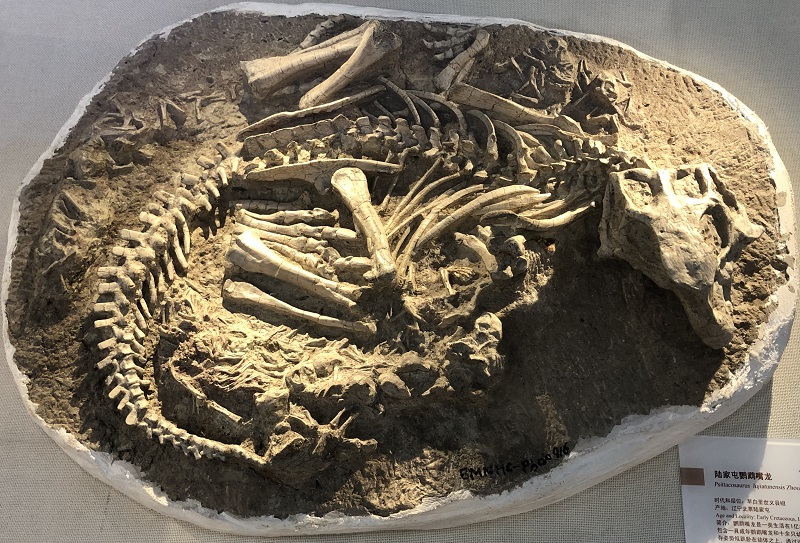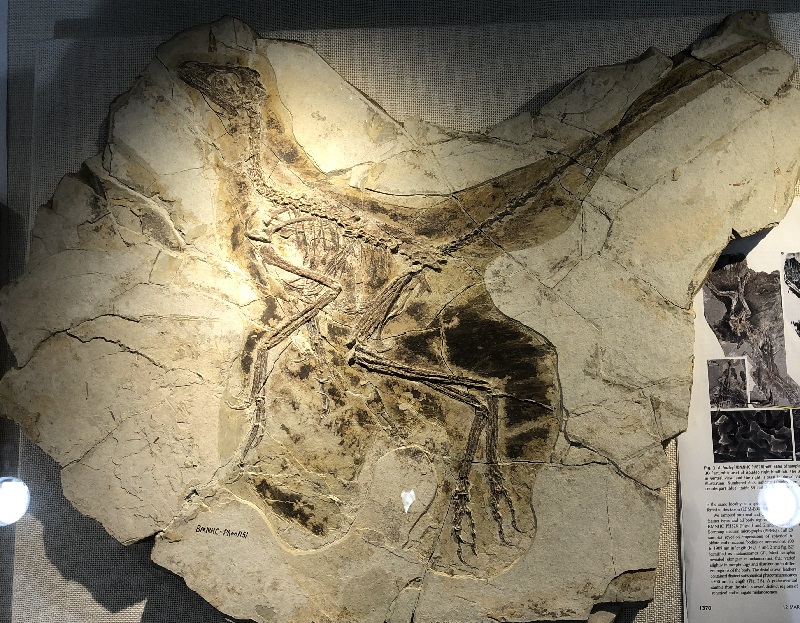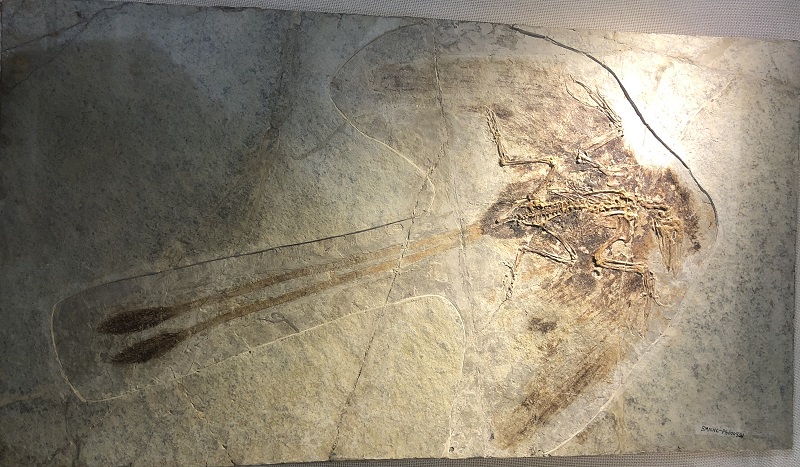Liaoningosaurus paradoxus Xu, Wang et You, 2001
Age and Locality: Early Cretaceous, Liaoning Province. Liaoningosaurus paradoxus is a highly intriguing and somewhat controversial dinosaur species that was discovered in the famous Yixian Formation of Liaoning Province, China. This formation is renowned for its exceptionally well-preserved fossils from the Early Cretaceous period, approximately 123 million years ago. The name “Liaoningosaurus” means “Liaoning lizard,” and “paradoxus” reflects the initial puzzlement and surprise surrounding its discovery and unique characteristics. Liaoningosaurus paradoxus is classified within the Ankylosauridae family, a group known for their heavily armored bodies and tail clubs.





